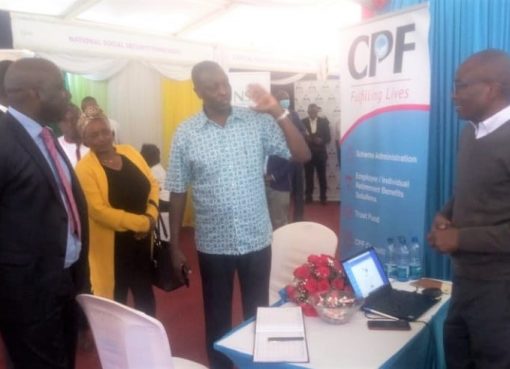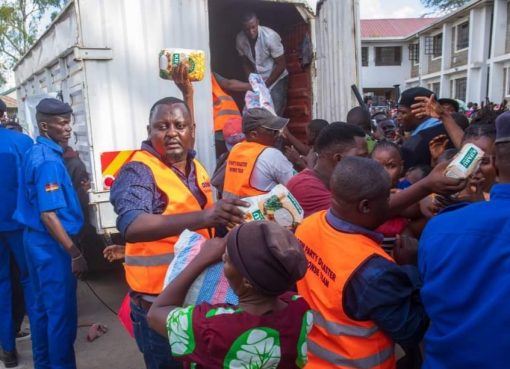It is estimated that 21,560 deaths occur annually in Kenya as a result of indoor air pollution due to the use of biomass fuels such as charcoal for cooking, according to a 2019 report released by Ministry of Energy & Petroleum dubbed Kenya Clean Cooking Study Report.
Women and girls in Kenya often bear the greatest burden when it comes to cooking especially in developing countries like Kenya and as a result, the women not only have to perform the duty for their families but also solve the problem of what fuel would be used based on factors such as the economic standing of the family.
With only 14.5 per cent of households in Siaya County and Bondo Sub-County using clean and sustainable fuels in cooking, poverty and the abundance of fuels such as wood and charcoal remained the highest contributing factors to the slow uptake of clean cooking technologies.
The use of inefficient biomass like the traditional three stone firewood-stoves in rural parts of Kenya is a common site and this has been linked to the rapid decline of biomass energy resources due to the unsustainable harvesting and use of trees as fuel.
The use of fuels with high levels of carbon emissions and toxic gasses such as charcoal has not only contributed to rapid deforestation and global warming, with a direct impact on the health of 14.6 million other Kenyans.
In Siaya County 84.2 per cent of households use firewood for cooking with 13.2 per cent of the households using charcoal according to data from the County’s Strategic Development plan.
Siaya residents have been urged to welcome the adoption of improved and clean cooking technologies which have the potential of contributing to the achievement of at least five of the Sustainable Development Goals (SDGs).
For instance, reduction of under-5 deaths and related illnesses due to indoor air pollution (SDG 3), empowerment of women and girls by improving access to enabling technologies such as improved cooking technologies (SDG 5), providing access to reliable, efficient and modern energy through the provision of affordable, reliable and modern energy to all by 2030 (SDG 7); Combating climate change through the implementation of climate measures in national policies (SDG 13) and the sustainable management of forests by reducing deforestation, land degradation and desertification (SDG 15).
Speaking at an event In Siaya Town during the launch of KOKO cooking stoves Greg Marie the CEO of KOKO Technologies manufacturing ethanol re-fillable cookers advocated the use of clean reliable fuel that saves ‘mwananchi’ money and is good for the environment.
Businessman Edwin Ng’ong’a, urged residents of Siaya to adapt and embrace the clean fuel stove stating that Siaya county is currently ranked at position 47 in forest coverage, urging Nyanza to look after the health of our country’s young generation, preserve and increase forest coverage in the process. “How will the health of our children and women, and reduce deforestation at the same time contribute to efforts of battling adverse climate change,” he said.
According to literature on household energy use in Kenya, biomass based energy sources are used to cater for up to 70 per cent of household energy needs especially for cooking.
In rural areas such as Bondo Sub-County, the percentage use of biomass energy sources for household cooking energy rises even further to reach and surpass the 80 per cent according to Siaya County Integrated Development Plan, 2018.
By Calvin Otieno





